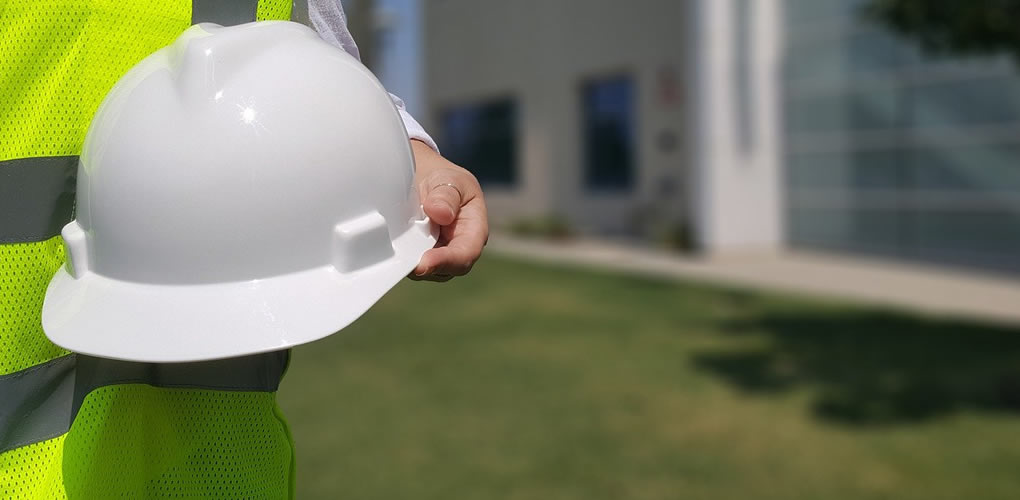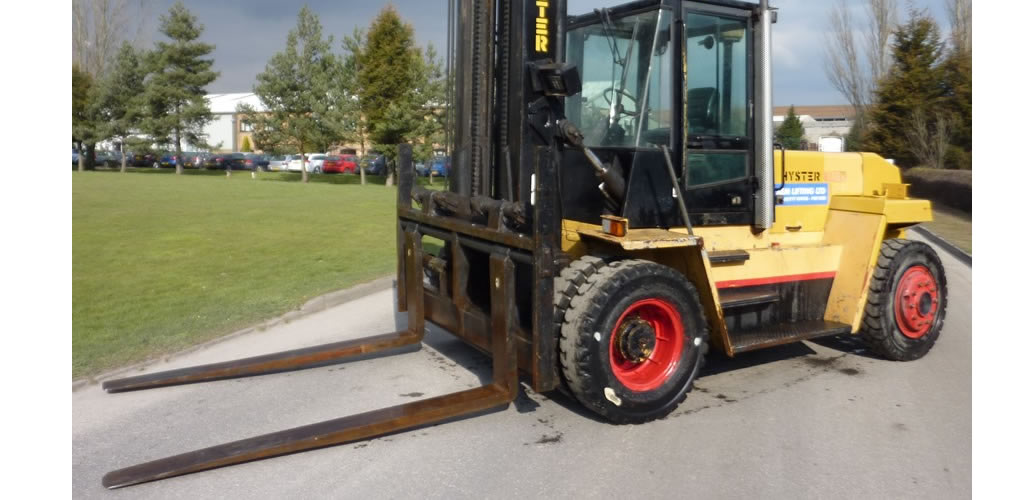Forklifts are indispensable tools in warehouses and worksites, but like any heavy machinery they must be handled responsibly. In this article we look at how we can improve
forklift safety and prevent accidents.
.jpg)
Acquire proper training
It is estimated that around 70% of all forklift accidents could have been avoided with proper training. Here in the UK, there are few legal requirements for forklift operators and the legal responsibility falls mainly with the employer of the forklift driver. The provision and use of Work Equipment Regulations 1998 states that employers must make sure that those who use, supervise or manage the use of equipment at work must receive ‘adequate training’. This includes showing the employee how to correctly use the equipment, informing them of any risks that come with using the equipment and the proper precautions to take.
The law states that anyone operating a lift truck should be the minimum leaving school age (16). This law does not apply in ports where people must be at least 18 years old.
Employers should ensure that forklift truck operators are trained to the standards of practice given in the L117 ACOP (Approved code of practice and guidance).
AEM lifting offer a half-day familiarisation course for our three versalift models. This is certainly a worthwhile course for versalift operators. There are also many organisations across the UK which provide a variety of training courses, including courses for experienced operators looking for more advanced training.
.jpg)
Improve Workplace Design and Housekeeping
The design of a workplace such as a warehouse or yard can greatly impact the chances of forklift accidents. Poorly designed warehouses which do not properly consider the use of forklifts can make it difficult for drivers to operate them safely. The workplace should have designated zones for both drivers and pedestrians which are clearly marked. Both drivers and pedestrians should also be warned of changing gradients, ledges, traffic flow and hazardous areas. Insufficient warnings and markings are a leading cause of accidents in the workplace.
Poor housekeeping, as in keeping an untidy and disorganised workplace can also cause major accidents in the workplace. By improving the organisation of your workplace you can help to reduce the chance of accidents. Have a designated zone and system in place for discarding rubbish. Any rubbish block forklift or pedestrian lanes can become a major hazard. It is also important to consider how well lit your workplace is. Warehouses can become very dark when poorly lit, making it difficult for drivers and pedestrians to spot obstructions and markings.

Wear PPE
Both pedestrians in the warehouse and forklift operators should wear personal protective equipment (PPE) including hard hats and reflective vests or Hi Vis clothing.
Use Proper loading and handling techniques
Loads which are too heavy, poorly stacked, imbalanced or unsecure can be extremely hazardous. Operators should know how to properly stack and secure loads as well as the loading capacity of the lift they are operating. Keeping loads low and driving backwards if vision is impaired by a high stacked load can help to reduce accidents. The loading dock should be clearly signed, organised and clean. Ensure the forklift is in proper working condition. Mechanical failure from poorly maintained forklifts can cause serious accidents.
.jpg)
.jpg)


